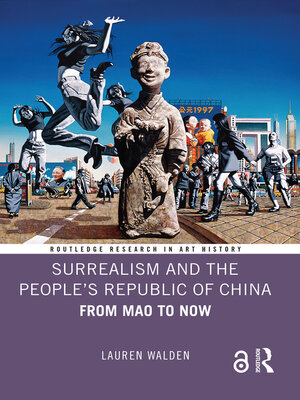Surrealism and the People's Republic of China
ebook ∣ From Mao to Now · Routledge Research in Art History
By Lauren Walden

Sign up to save your library
With an OverDrive account, you can save your favorite libraries for at-a-glance information about availability. Find out more about OverDrive accounts.
Find this title in Libby, the library reading app by OverDrive.



Search for a digital library with this title
Title found at these libraries:
| Library Name | Distance |
|---|---|
| Loading... |
This study investigates cultural exchange between the Surrealist movement and the People's Republic of China (1949-present).
Surrealist art was officially prohibited under Mao's rule (1949-1976). However, the book interrogates potent tensions in clandestinely created surrealist artworks by Zhao Shou and Sha Qi, who discovered the movement while studying abroad. Furthermore, Walden explores how several European Surrealists aligned Chinese calligraphy with automatism as well as Michel Leiris and Marcel Mariën's travels to Maoist China and their diametrically opposed visions of the nation. Amidst post-socialism, the book posits that the '85 New Wave consciously employed Surrealism to process the traumatic Cultural Revolution (1966-1976) and react to newfound societal freedoms. Subsequently, the volume considers why a new artistic tendency of 'surrealist pop' emerged in the 1990s. At present, Lauren Walden reveals how Surrealism has become officialised and even promoted by Chinese authorities owing to revolutionary resonances between traditional Chinese art and the western avant-garde.
The book will be of interest to scholars working in art history, Chinese studies, and Surrealism.







